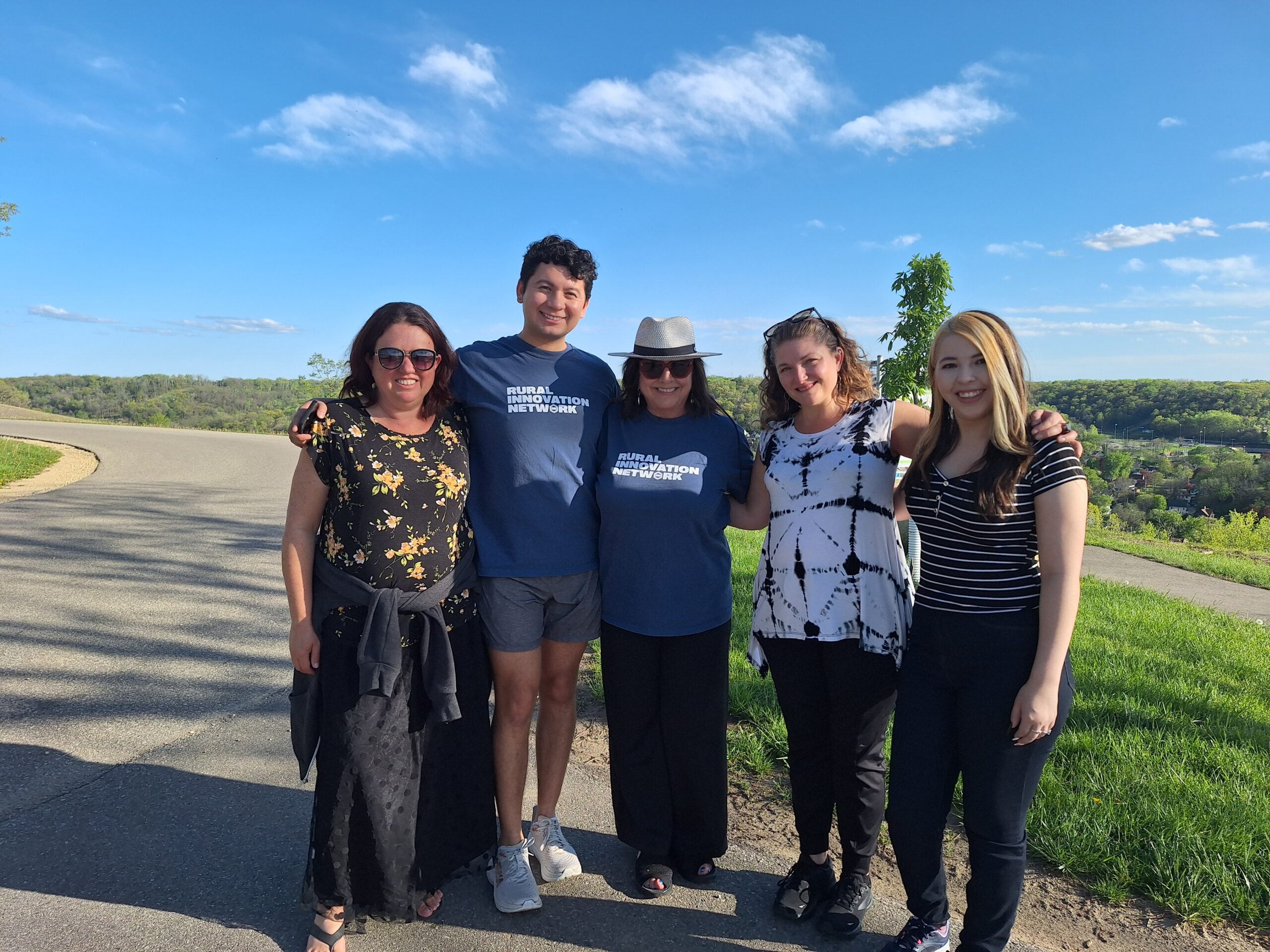
Ideas to Impact: Ada Jobs Foundation at the Rural Innovation Network Annual Summit
May 13, 2024 by Jessika Leatherbury
By: Sunnie Dawn Baker
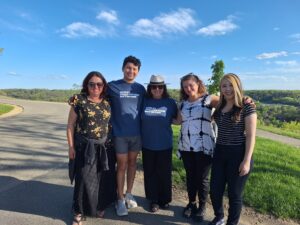 On May 7-9, the Rural Innovation Network (RIN) hosted its fourth annual summit in Red Wing, Minnesota, the home of Red Wing Ignite, a successful economic development organization focused on building regional tech entrepreneurship. Two staff members from the Ada Jobs Foundation, Daniel Castañeda and Sunnie Dawn Baker, attended to gain valuable information and insights for their work in local economic development. However, this particular summit differed from previous ones. Instead of being exclusive to RIN members, the Summit was combined with the two-day “Ideas to Impact” Conference hosted by the Center on Rural Innovation (CORI), of which RIN is a subset; while the Summit was exclusive for RIN members, the conference was open to the public. This allowed RIN members to gather together for the first day and then meet other people outside the network for the remainder of the conference.
On May 7-9, the Rural Innovation Network (RIN) hosted its fourth annual summit in Red Wing, Minnesota, the home of Red Wing Ignite, a successful economic development organization focused on building regional tech entrepreneurship. Two staff members from the Ada Jobs Foundation, Daniel Castañeda and Sunnie Dawn Baker, attended to gain valuable information and insights for their work in local economic development. However, this particular summit differed from previous ones. Instead of being exclusive to RIN members, the Summit was combined with the two-day “Ideas to Impact” Conference hosted by the Center on Rural Innovation (CORI), of which RIN is a subset; while the Summit was exclusive for RIN members, the conference was open to the public. This allowed RIN members to gather together for the first day and then meet other people outside the network for the remainder of the conference.
Brēyana Ray, Director of the Rural Innovation Network, kicked off the first day of the conference by welcoming RIN members and outlining the core objectives for this experience. Ray noted three specific objectives: connection, learning, and inspiration. As a network of individuals who are part of a community of practice, they should get to know each other, share with each other, and help however they can. These connections spill over easily into the second objective of “learning.” The participants were there not only to learn from the speakers and panels but also to learn from each other. Even though each rural community is different, these leaders can still share what has worked for them, or what hasn’t, to pave the way for others to thrive and prosper. Finally, Ray hoped that through these connections and learning, the participants would be inspired by what others have done and would use this inspiration at home, putting innovative ideas into practice for the betterment of their individual communities.
Representatives from over 20 of the 38 current RIN communities attended the summit. These communities span the country from Maine to California, and even as far as Alaska. Bringing together such a diverse population allows participants to access a wealth of new ideas and information, helping them see their own communities in a fresh light and discover previously hidden opportunities. For instance, last year, after attending the RIN Summit in Traverse City, Michigan, Baker returned determined to conduct high school entrepreneurship workshops and start a chapter of the Youth Coding League, both of which have enriched the lives of our local youth and introduced new generations to ideas about entrepreneurship. Castañeda sees opportunities like this one as valuable, stating, “Attending the RIN Summit was good for us to get a better understanding of what rural communities outside of Ada are doing to maximize their impact. Learning about their community engagement and opportunity-building efforts can help us refine our own approach. It is reassuring to know that others face similar challenges and have solutions.”
The summit’s opening day covered topics like Red Wing Ignite’s achievements in developing a local tech entrepreneurship scene, rural livability data, strategies for economic growth, downtown revitalization, community digital skills training, federal funding, and effective communication with partners and communities. While all the sessions were interesting and informative, one of the most remarkable aspects was learning what the data has to say about economic growth in rural America.
Dr. Amanda Weinstein, Director of Research, Knowledge, and Evaluation for the Center on Rural Innovation emphasized the importance of quality of life for population and job growth. She discussed how traditional economic incentives to attract large businesses are at times not beneficial as commonly believed and can even be harmful. She described it as a vicious cycle in which struggling communities offer incentives, but these businesses fail to create more jobs than other similar, non-incentivized, businesses. All the while, these incentivized businesses “crowd out” economic activity at the expense of residential services. Weinstein stated that these strategies often backfire and leave a community worse off than they were before and lower the number of business startups.
However, when these communities focus on quality of life and attracting residents instead of firms, they have much greater potential for economic growth and prosperity that will affect the entire community. This results in what Weinstein calls a “virtuous cycle” where the emphasis on supporting a high quality of life attracts and retains more people, leading these highly skilled workers to be more likely to start a business. This model significantly impacts overall economic growth, leading to wealth creation and reinvestment in the community, thereby increasing the quality of life.
Following the initial RIN Summit, the CORI Conference “From Ideas to Impact” commenced. The conference was completely sold out with over 150 people in attendance. Over the course of two days, participants listened to presentations from rural communities, entrepreneurs, innovators, and investors. While all sessions were thought-provoking and insightful, one of the most noteworthy talks was the keynote address by Craig Buerstatte, the U.S. Economic Development Administration’s Deputy Assistant Director for Regional Affairs, focusing on how economic opportunity can solve the divides in our country.
Buerstatte approaches economic development the same way that Abraham Maslow approached human psychology with his Hierarchy of Needs. Maslow theorized that a pyramid represents an individual’s needs, with each level depending on the previous one for the individual to be happy and healthy. The five levels are physiological needs met (food, shelter, water, etc.), safety and security, love and belonging, self-esteem, and finally self-actualization. While some of these needs can be met without the preceding ones, the lower-level needs make the higher-level needs much more easily attainable. Buerstatte observes a similar hierarchy when it comes to economic development. Instead of physiological needs, though, a community needs basic infrastructure. Once meeting those needs, it is necessary to have technology infrastructure. It does not matter how great your internet is if you do not have running water. The next step is business support, encompassing things like educational institutions, workforce development, and access to capital. Following this, the establishment of innovation engines like incubators and accelerators help businesses grow and become more successful. Finally, a healthy region is at the top of the hierarchy. All the other things must build upon each other in order to achieve a prosperous economy and vibrant community.
Organizations, especially those operating within rural spaces, consider opportunities like “Ideas to Impact” crucial. Castañeda and Baker learned not only from the speakers and panelists, but also from the other participants, deepening bonds with other RIN communities like Red Wing, Minnesota, Portsmouth, Ohio, and Taos, New Mexico. These connections build a support structure across the country, which is necessary for work in rural development, especially when trying to engage in innovation and tech entrepreneurship. Challenges faced by rural communities are distinct from those in urban areas; coming together allows us to figure out how to collaborate and share ideas to grow our economies.
Sign up to receive more news from the Ada Jobs Foundation HERE!
Written by
Jessika Leatherbury
You may also interested in:
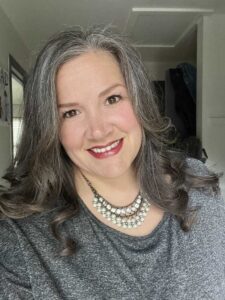
Adapt and Overcome: Allison Poe’s Recipe for Resilience and Growth
By: Sunnie Dawn Baker Allison Poe has always followed her feet. She waits for the signs to appear and, once she recognizes them, she travels that path, and has never
Jeff Warren: A Life in Sound, Vision, and Storytelling
By: Sunnie Dawn Baker When Jeff Warren got involved in the Houston music scene as a teenager, he had no clue where his path would lead. Now, nearly thirty years
From Pitch to Progress: ECU's Glass Recycling Program Turns Waste into Opportunity
By: Sunnie Dawn Baker In 2018, Dr. Christine Pappas competed in Ada Jobs Foundation’s Big Pitch Competition by promoting grinding glass bottles into sand. She won the Big Pitch that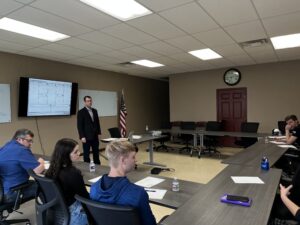
The Importance of Customer Discovery: Know Your Audience and Know Your Market
By: Sunnie Dawn Baker Entrepreneurs and small business owners must consider many factors to achieve success, with their target market being one of the most crucial. Sometimes, when people are
What Does Economic Development Do for You? The Significance of the Economic Multiplier
By: Sunnie Dawn Baker People often find the term “economic development” vague and confusing. Understanding how economic development works and benefits the community can be challenging. Though there are many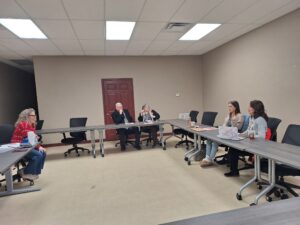
Helping Entrepreneurs One Workshop at a Time: Lauri Rowe and QuickBooks for Small Businesses
Entrepreneurs tend to be filled with passion and big ideas. They have found a solution to a problem they see in the world, and they barrel ahead, excited for their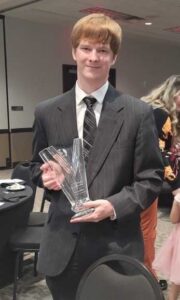
Hunter Cook: Technology, Entrepreneurship, and the Written Word
By: Sunnie Dawn Baker Hunter Cook started writing when he was seven years old. At first, he wanted to write comic books, but then he realized he couldn’t draw. He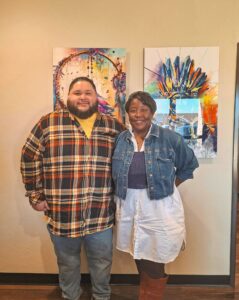
Empowering Native Artists: FAME App Brings Innovation to First American E-Commerce
By: Sunnie Dawn Baker Entrepreneurs are problem solvers. They are constantly striving for solutions to issues they see in the world or in their own lives. In the case of
Learn, Connect, and Grow: 2025 Workshops for Aspiring and Current Business Owners
By: Sunnie Dawn Baker A new year brings new possibilities, and, at the Ada Jobs Foundation, it also brings a new round of programming and workshops. As the local Economic